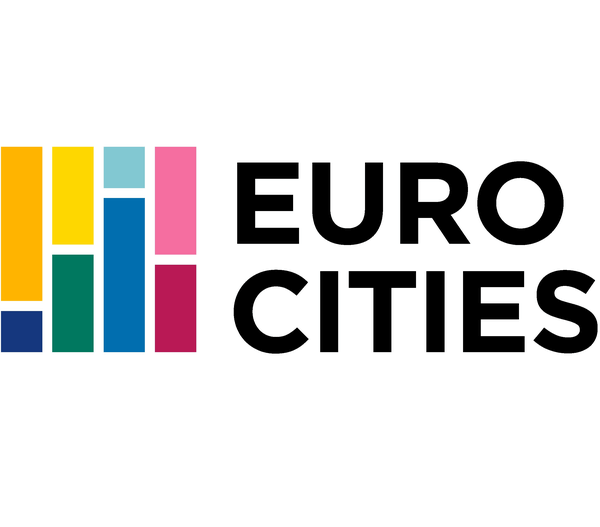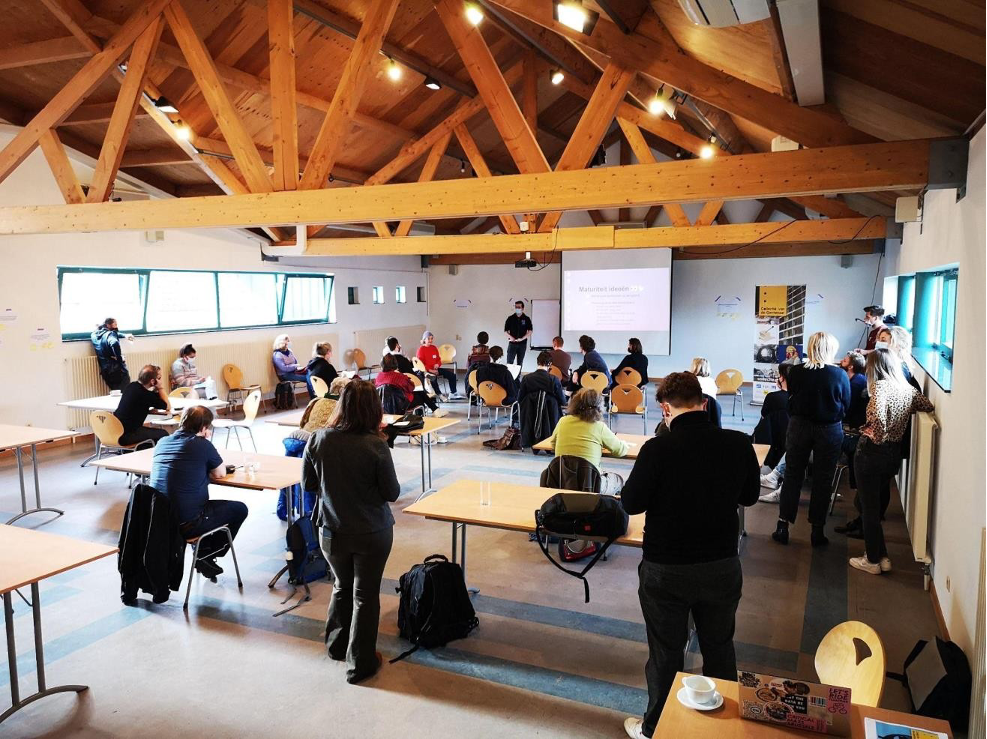 CoGhent - © eurocities
CoGhent - © eurocities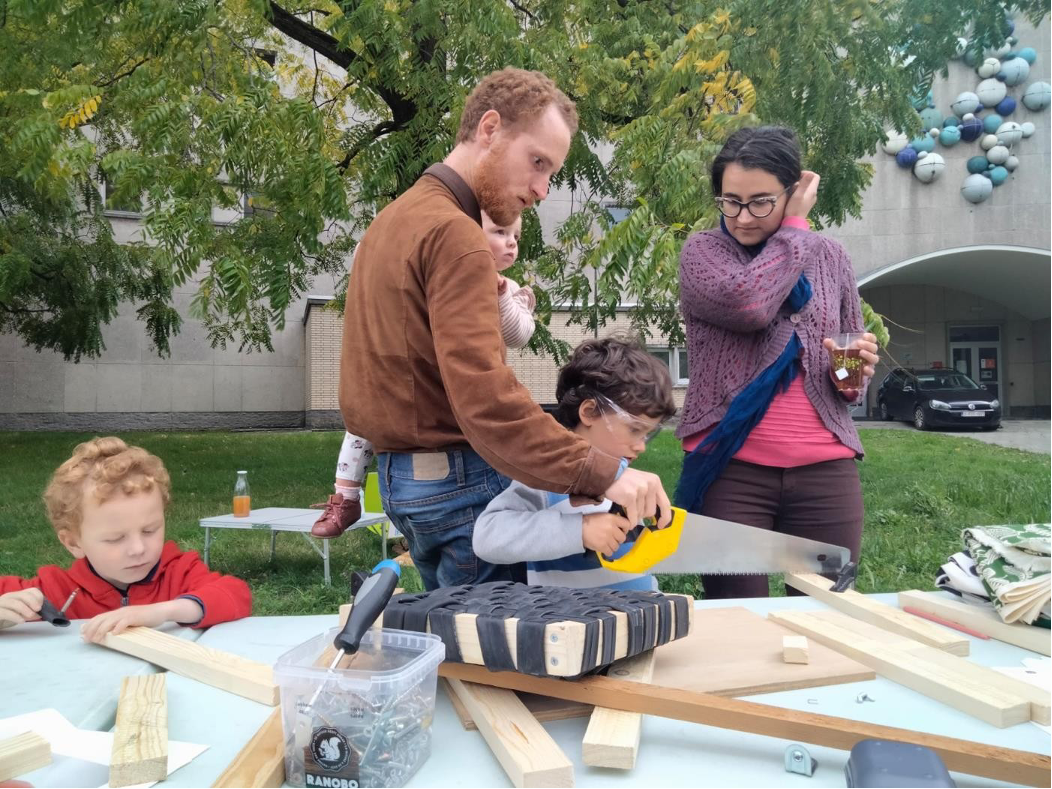 CoGhent - © eurocities
CoGhent - © eurocities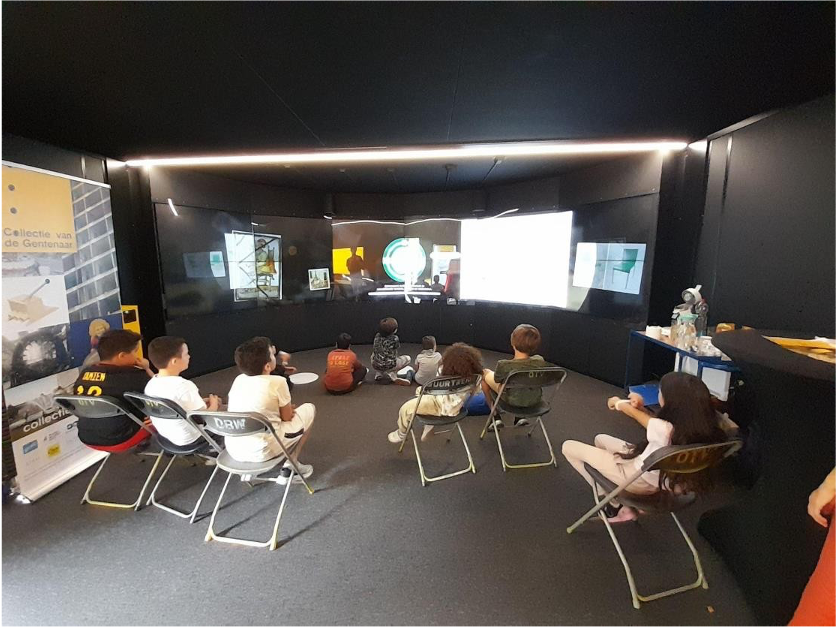 CoGhent - © eurocities
CoGhent - © eurocities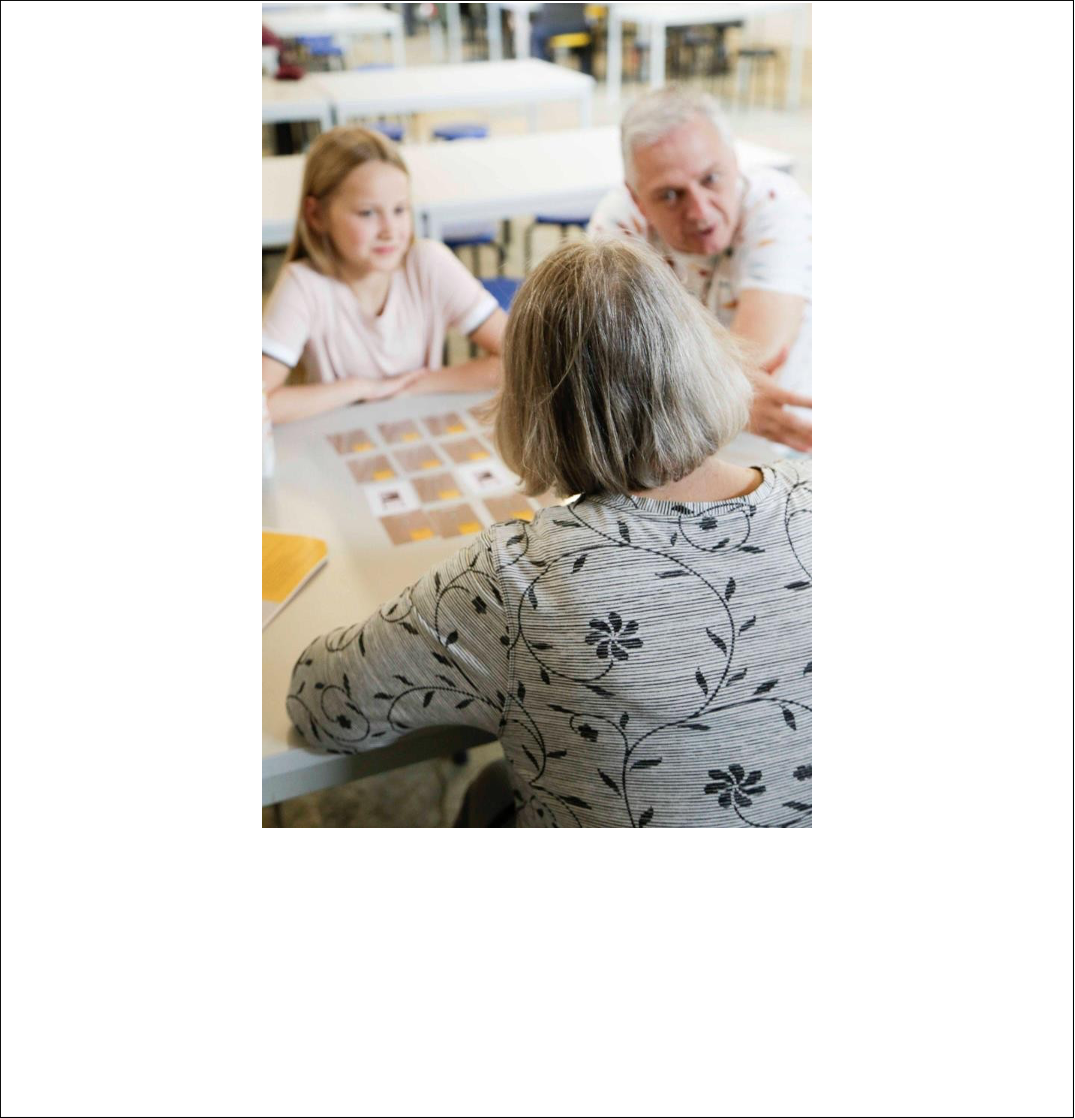 CoGhent - © eurocities
CoGhent - © eurocities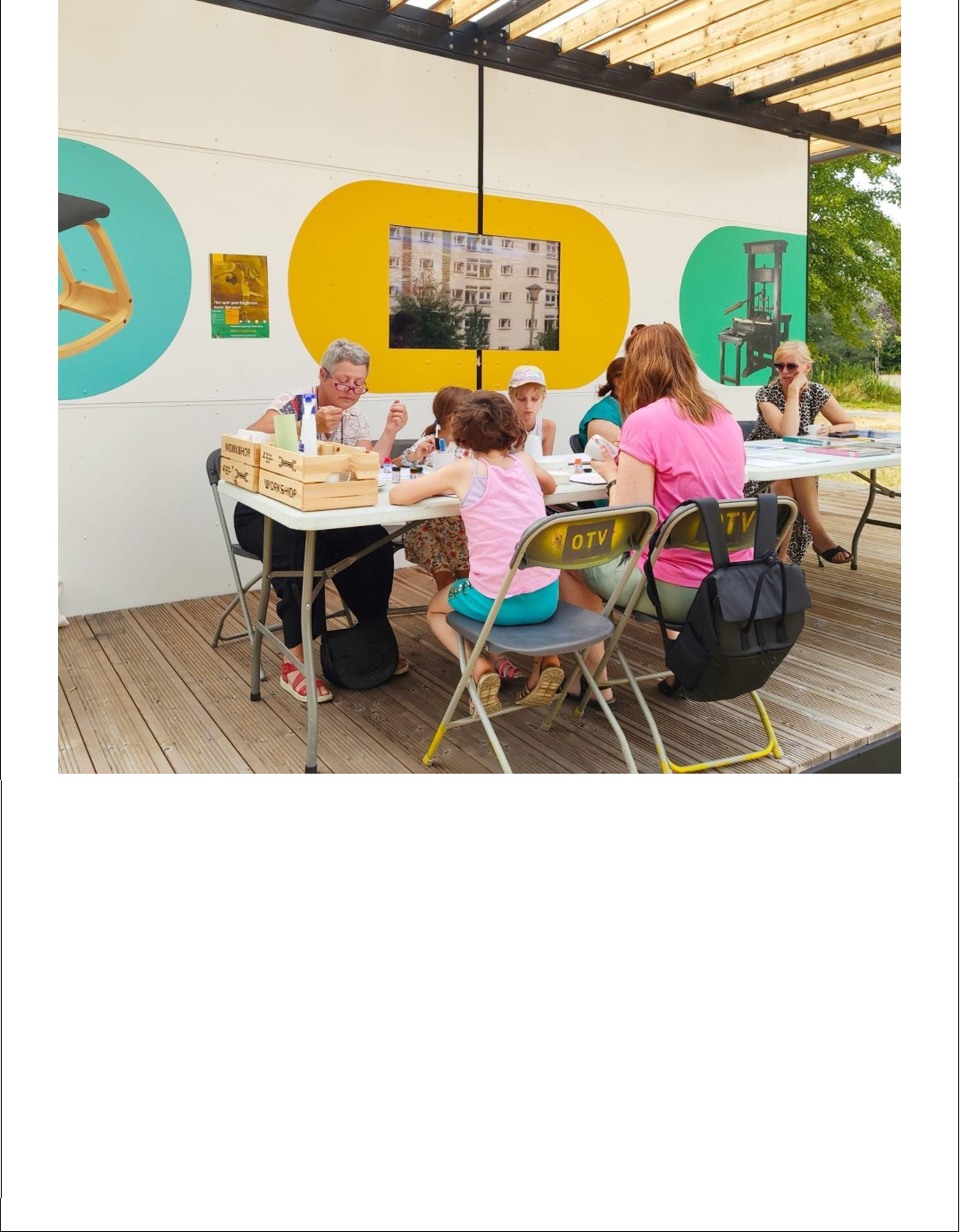 CoGhent - © eurocities
CoGhent - © eurocities
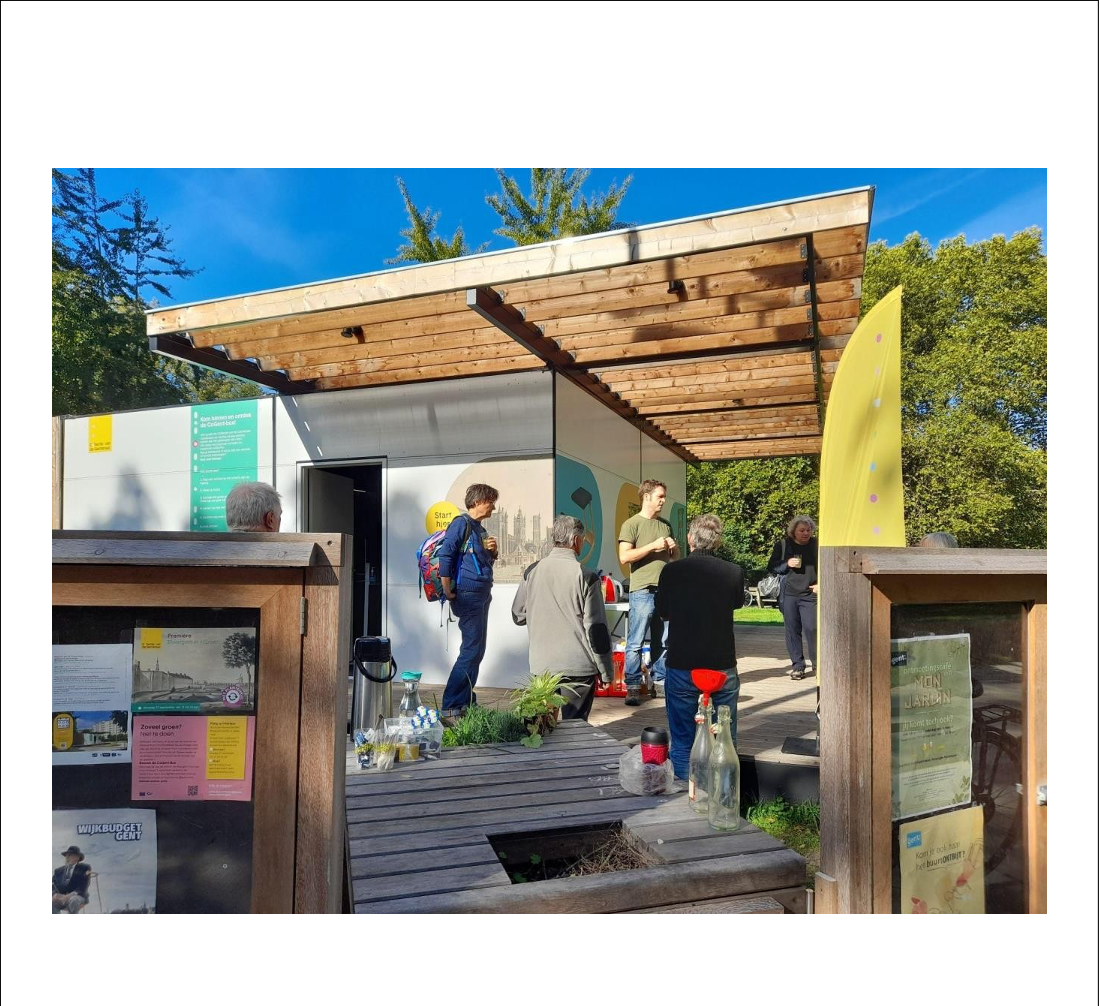
City
Ghent
Main actors
City Government, Supranational / Intergovernmental Institutions, Private Sector, Community / Citizen Group, Research Institutes / Universities
Project area
Whole City/Administrative Region
Duration
2020 - 2023
CoGhent – Collections of Ghent – is an initiative that explores the potential of digitised cultural heritage to promote social cohesion and inclusion at the urban level, operating on a co-creative and participatory basis. Collaborating with the citizens of Ghent and five cultural heritage institutions within the city, CoGhent is building a diverse collection. This collection includes archival material, museum objects, and digitised material contributed by citizens themselves. By networking and linking this material, the project aims to increase the accessibility and utilisation of cultural heritage, thereby reducing the barriers to museum engagement. To illustrate the outcomes of this digital collection, various activities have been undertaken in and around the city of Ghent.
Originally published by EUROCITIES: LINK
Eurocities Awards
This project was shortlisted for the 'Eurocities Awards' in 2023 in the following category: Taking the step from human global mobility to local community cohesion.
The main objective of this project is to improve cultural participatory practice using open data and disruptive technology. Specifically, to use shared digitised cultural heritage to initiate conversations, gather previously unknown citizen stories and histories and increase social cohesion and a sense of belonging. This will be achieved through co-creation, co-curation and co-implementation and will help to measure and understand how these participatory projects contribute to social cohesion.
Additional objectives:
Increasing Accessibility: CoGhent is committed to making the city’s shared cultural heritage available to everyone, improving its visibility, accessibility, and utilization. The initiative plans to expand the concept of cultural heritage by incorporating cultural practices that are vibrant within urban communities, such as citizen stories and histories.
Participation and Engagement: CoGhent aims to engage the community in participatory and curiosity-stimulating ways. CoGhent's goal is to open up as much cultural heritage as possible and to maximise its potential across various policy areas like education and tourism.
Data Integration: CoGhent will structure existing data, connect and integrate urban data silos, and collectively share resources to digitise both immaterial and material cultural heritage. By adhering to (FAIR) open data principles, they aim to increase availability, enrichment, interchangeability, and overall reach, thereby improving and encouraging digital collaboration between cultural stakeholders.
Community Connection: CoGhent encourages crowdsourcing to collect new and enrich existing cultural heritage data. The initiative maintains a separation between crowdsourced materials and professional practice to assess what methods are effective, and to validate best practices for motivation, public and community engagement, particularly among underserved audiences.
Scaling the CoGhent Box Concept: CoGhent plans to rescale the CoGhent Box concept to individual museum practice by converging project insights and hardware into a permanent setting in the new wing of Design Museum Gent, set to be completed by 2026. This will serve as a cultural third space for continued collective knowledge creation, transforming the cultural institution into a hub for ideas and co-creation, and bridging the gap between the city and its museum.
The Collections of Ghent consortium consists of a 'quadruple helix' of 13 partners. To address complex urban and digital challenges, the City of Ghent consistently seeks a balanced ecosystem of partners from government institutions, academia, companies, and civil-society organizations within specific fields of expertise. This approach aligns with the city’s ambition to ‘dare to innovate together.’ The consortium collaborates under the leadership of the City of Ghent, involving seven city services (Data and Information, Culture, Communication, Strategic Funding, Meeting and Connecting, Policy Participation).
- Number of objects on collections.gent : 70,000 objects online (the aim is 100,000 objects by June 2023)
- Number of new heritage stories in the CoGhent Box: 20
- Wondelgem: 964 participants
- Watersportbaan-Ekkergem: 656 participants
- Sluizeken-Tolhuis-Ham: 600 participants
One unexpected difficulty was the pandemic; many activities and actions were postponed because of it, which shortened our time to test the CoGhent Box in the neighbourhoods.cultural heritage in their neighbourhood.
The planned three months for each neighbourhood is too short. Foremost, there is a need to build a trusting relationship with these groups to ensure their engagement with the project.
A further difficulty is related to the recent financial recession due to the pandemic. Many European cities, including the City of Ghent, are struggling financially. Because of this, the projects needs to be creative to ensure its sustainability for the coming years. The plan is to further investigate how all lessons, at all levels (such as technology, working with target groups around cultural heritage), can be broadly communicated and shared.
CoGhent did not focus on current museum goers, but mainly on new, potential, and unserved audiences residing in different Ghent neighbourhoods. The City of Ghent and its cultural institutions wanted to explore how social cohesion at the neighbourhood level could be improved through the perspective of cultural heritage. They aimed to use heritage to showcase how a neighbourhood evolved, its history, its relation to other cultures, and what it might lack in diversity today.
Project from Co-creation Fund: Neighbourhood store without profit https://www.vrt.be/vrtnws/nl/2023/01/30/buurtwinkel-zonder-winst-opent-in-volkswijk-gent-nood- aan-ontmo/
Citizens say goodbye with a bang from their outdoor swimming pool https://www.hln.be/gent/gentenaars-nemen-afscheid-van-openluchtzwembad-neptunus-en-kijken-uit- naar-nieuw-overdekt-zwembad-met-beweegbare-bodem~a92e6290/
100,000 museum pieces available to all https://www.nieuwsblad.be/cnt/dmf20220316_93933165
On Map
The Map will be displayed after accepting cookie policy
